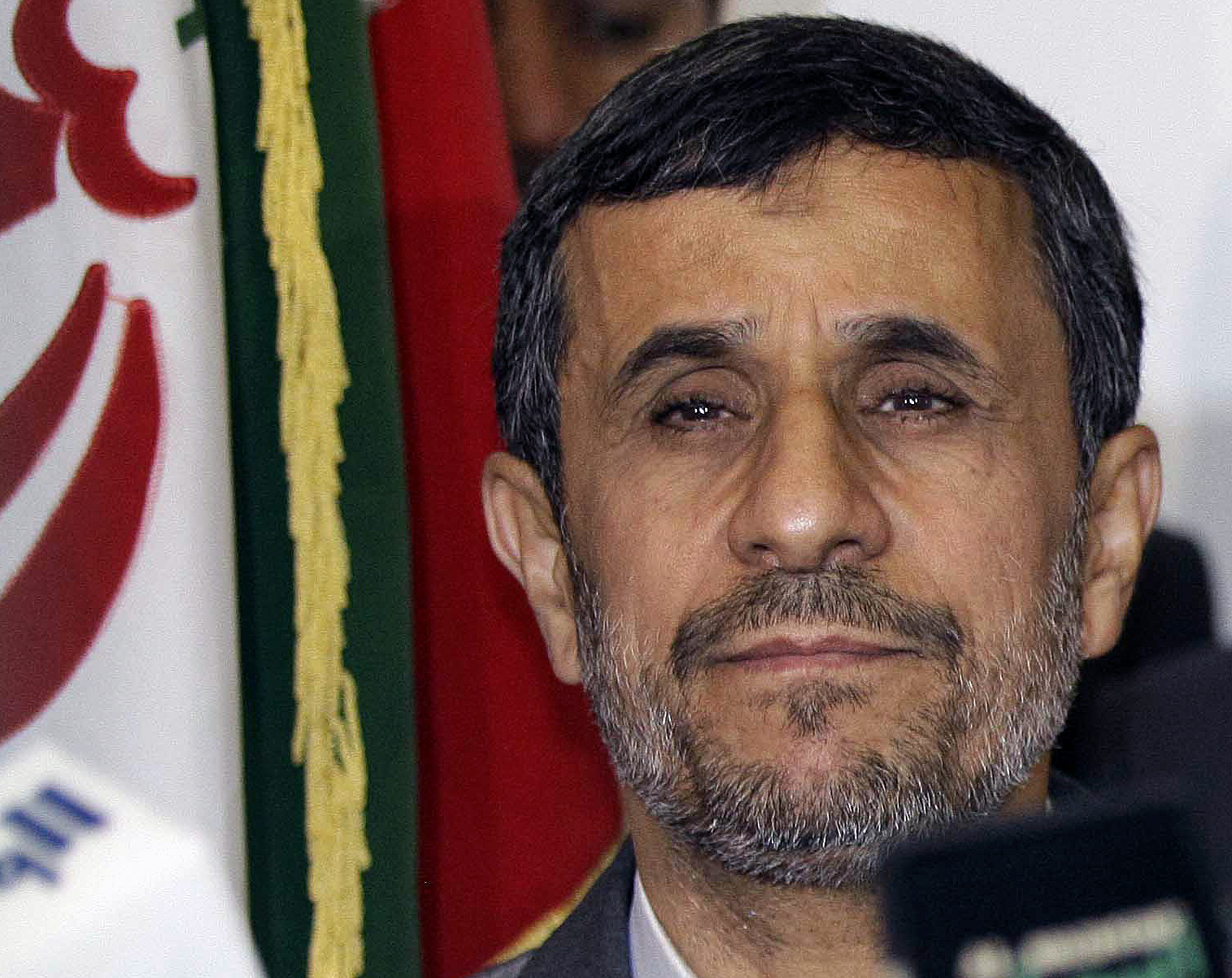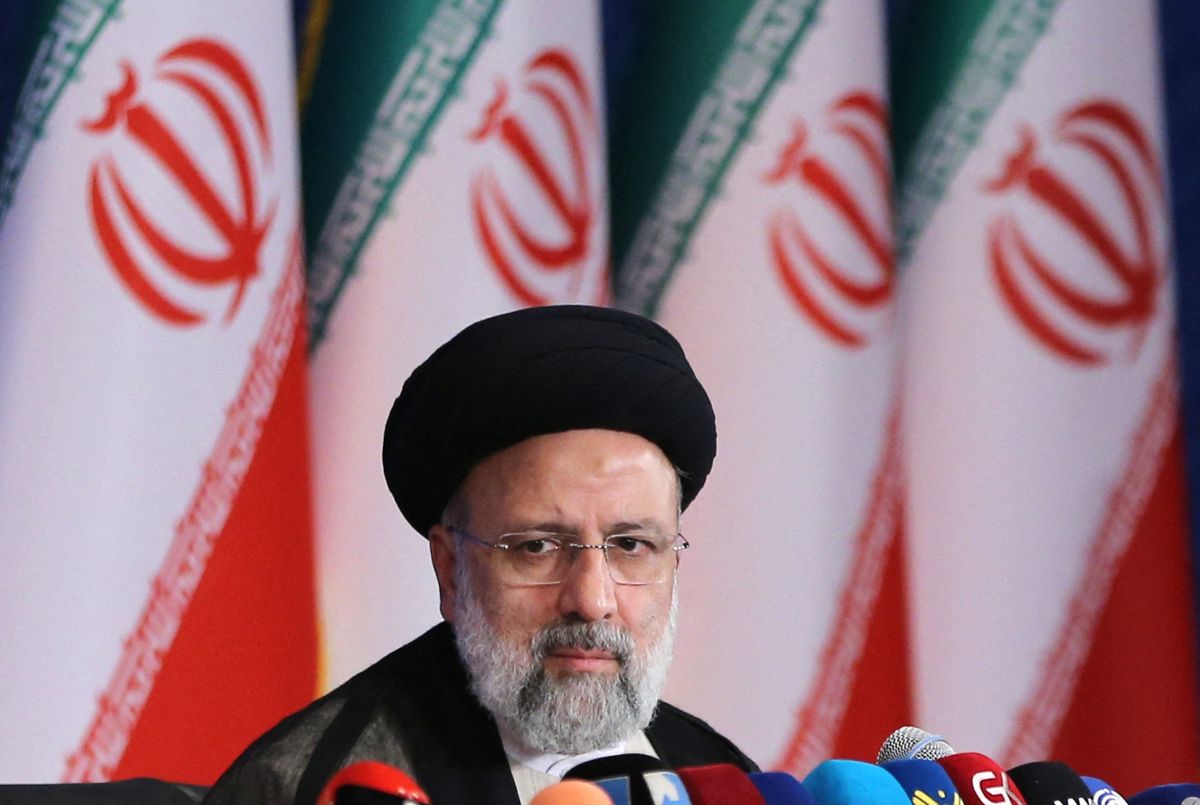Current Status of Iranian President: Is Iran President Alive
Is iran president alive – As of today, the current president of Iran, Ebrahim Raisi, is alive and actively serving his term. No recent developments or health concerns have been officially reported that would indicate otherwise.
The news of the iran president plane crash has raised concerns about the well-being of the Iranian president. The crash has left many wondering if the president survived. The president’s health and whereabouts remain uncertain, and the situation is being closely monitored.
Biography
Ebrahim Raisi, born on December 14, 1960, is a conservative politician who has held the presidency of Iran since August 2021. Prior to his presidency, he served as the Chief Justice of Iran from 2019 to 2021 and as the Prosecutor General of Iran from 2014 to 2016.
Questions linger about the health of the Iranian president, especially after the recent helicopter crash that killed several high-ranking officials. While the government maintains that the president is alive and well, rumors persist about his condition, further fueling speculation about the stability of the Iranian regime.
Recent Developments
President Raisi has recently been involved in various official duties, including meeting with foreign dignitaries, attending public events, and delivering speeches on domestic and international issues. There have been no reports of any health concerns or changes in his official schedule that would suggest otherwise.
Official Statements, Is iran president alive
The Iranian government and official news agencies have not released any statements regarding President Raisi’s health or status. The lack of official communication in this regard further supports the notion that he is alive and in good health.
Historical Context of Iranian Presidents

Iran has had a complex and eventful history with its presidents, each of whom has left their own unique mark on the country’s political landscape. From the early days of the Islamic Republic to the present day, Iranian presidents have faced a wide range of challenges, from economic crises to international sanctions.
Is Iran’s President alive? Get the latest iran president update here. Stay informed about the health and well-being of Iran’s leader.
The following table provides a brief overview of the terms of office of some of Iran’s most notable presidents:
| President | Term of Office | Accomplishments | Challenges |
|---|---|---|---|
| Abolhassan Banisadr | 1980-1981 | – Led Iran during the Iran-Iraq War – Established the Islamic Republic of Iran |
– Faced opposition from the clergy – Was impeached by the parliament |
| Mohammad Ali Rajai | 1981 | – Served as president for only a few months before being assassinated | – Faced economic and political instability |
| Ali Khamenei | 1981-1989 | – Led Iran during the Iran-Iraq War – Implemented economic reforms |
– Faced international sanctions – Was criticized for his authoritarian rule |
| Akbar Hashemi Rafsanjani | 1989-1997 | – Implemented economic reforms – Improved relations with the West |
– Faced economic and political challenges – Was criticized for his corruption |
| Mohammad Khatami | 1997-2005 | – Implemented political reforms – Improved relations with the West |
– Faced economic and political challenges – Was criticized for his slow pace of reform |
| Mahmoud Ahmadinejad | 2005-2013 | – Implemented economic reforms – Improved relations with Russia and China |
– Faced international sanctions – Was criticized for his authoritarian rule |
| Hassan Rouhani | 2013-2021 | – Implemented the Joint Comprehensive Plan of Action (JCPOA) – Improved relations with the West |
– Faced economic and political challenges – Was criticized for his failure to deliver on his promises |
| Ebrahim Raisi | 2021-present | – Implemented economic reforms – Improved relations with Russia and China |
– Faced international sanctions – Was criticized for his human rights record |
The history of Iranian presidents is a complex and fascinating one. Each president has faced their own unique set of challenges, and each has left their own unique mark on the country’s political landscape.
International Relations and the Iranian President
The Iranian president plays a significant role in shaping Iran’s foreign policy and representing the country on the global stage. The president is responsible for appointing the foreign minister and other key officials involved in international affairs, and for setting the overall direction of Iran’s foreign policy.
In recent years, the Iranian president has been actively involved in international diplomacy, seeking to improve relations with other countries and promote Iran’s interests. For example, President Hassan Rouhani has met with leaders from around the world, including US President Barack Obama, French President Emmanuel Macron, and Russian President Vladimir Putin. He has also worked to negotiate a nuclear deal with world powers, and to ease tensions with Saudi Arabia.
Impact of the President’s Actions on Iran’s Relationships with Other Countries
The president’s actions can have a significant impact on Iran’s relationships with other countries. For example, President Rouhani’s efforts to improve relations with the West have led to a thaw in tensions between Iran and the United States. However, his decision to withdraw from the nuclear deal has led to a deterioration in relations with the United States and other Western powers.
Domestic Policies of the Iranian President

The Iranian president plays a pivotal role in shaping domestic policies, encompassing a wide range of issues that directly impact the lives of Iranian citizens. The president’s approach to economic, social, and cultural affairs has a profound influence on the country’s internal dynamics and the well-being of its people.
Economic Policies
The Iranian president has significant authority over the country’s economic policies. The president’s approach to economic development has varied over time, influenced by factors such as the global economic climate, the country’s political orientation, and the president’s own ideological beliefs.
In recent years, the Iranian government has implemented a series of economic reforms aimed at diversifying the economy, reducing dependence on oil exports, and improving the investment climate. These reforms include measures to promote non-oil sectors, attract foreign investment, and combat inflation.
The president also plays a key role in setting the country’s budget, which allocates resources to various sectors of the economy. The budget process is often a contentious one, as different interest groups compete for funding.
Social Policies
The Iranian president has a significant influence on social policies, which encompass a wide range of issues affecting the lives of Iranian citizens. These policies include matters such as education, healthcare, housing, and social welfare.
In recent years, the Iranian government has made significant investments in education, particularly in higher education. The government has also expanded access to healthcare, including through the establishment of a universal health insurance system.
The government has also implemented a number of social welfare programs, aimed at providing support to vulnerable populations, such as the poor, the elderly, and the disabled.
Cultural Policies
The Iranian president has a significant role in shaping the country’s cultural policies, which encompass a wide range of issues, including the arts, media, and religion.
The Iranian government has a long history of supporting the arts, and the country has a vibrant cultural scene. The government provides funding for cultural institutions, such as museums, theaters, and libraries.
The government also plays a role in regulating the media, including both print and broadcast media. The government has been criticized for its restrictions on freedom of expression, and there have been several cases of journalists and activists being arrested for their work.
Challenges Facing the Iranian President

The Iranian president faces a complex array of challenges, both domestically and internationally. These challenges have the potential to impact Iran’s stability and development in profound ways.
Domestically, the president must contend with a range of economic, social, and political issues. These include high unemployment, inflation, and poverty, as well as social unrest and political dissent. The president must also address the issue of corruption, which is widespread in Iran.
Economic Challenges
- High unemployment, especially among young people
- Inflation and rising cost of living
- Poverty and income inequality
- Sanctions and their impact on the economy
The president has attempted to address these challenges through a variety of measures, including economic reforms, social welfare programs, and anti-corruption initiatives. However, the effectiveness of these measures has been limited, and the challenges facing the Iranian president remain significant.
International Challenges
- Tensions with the United States and other Western powers
- Nuclear program and international sanctions
- Regional instability and conflict
- Human rights concerns
The president must also navigate a complex international environment, characterized by tensions with the United States and other Western powers. These tensions are largely due to Iran’s nuclear program and its support for terrorist groups. The president must also deal with regional instability and conflict, as well as international concerns about Iran’s human rights record.